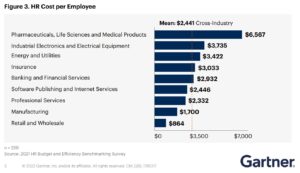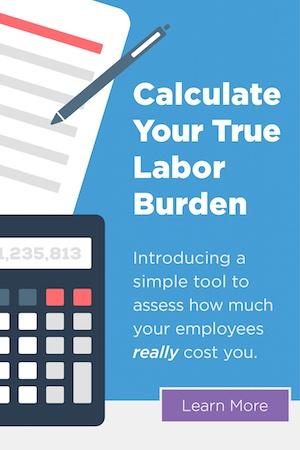As we navigate a post-pandemic era, most organizations are finding that their HR and compliance responsibilities continue to increase, with department leaders hoping their teams and budgets can keep up.
HR teams played a key role in operational success during the pandemic as they analyzed employee needs and build flexible solutions such as hybrid schedules and work-from-home remedies.
Today, a major HR objective is to create efficient work environments with a focus on forward-thinking, employee well-being, and growth. All of which are highly desired by the post-pandemic workforce.
UniqueHR’s team of experts helps to manage employees and streamline operations and efficiently handle administrative tasks through a co-employment relationship.
This allows small to mid-sized businesses to offer HR, payroll, and competitive employee benefits. Our team also provides payroll compliance, tax processing, HR support, workers’ compensation, time and attendance, and consulting.
Through co-employment, UHR acts as the employer of record, alleviating payroll and tax burdens as well as sharing employee-related and legal responsibilities of your company.
As a result, our clients are better able to produce high-quality HR outcomes for employees — allowing their team to attract and retain talent, a responsibility traditional HR resources have become overburdened with in recent years.
THE NUMBERS
The amount of HR support an organization’s workforce receives is defined as HR cost per employee. By determining this cost, companies can evaluate whether spending should increase, decrease, or shift towards investing in additional HR resources.
According to the Gartner HR Budget and Efficiency Benchmark Report, the average HR cost per employee is $2,441. The average cost varies depending on the industry and necessary staff skill levels. For instance, the medical and industrial industries typically have a higher cost per employee than is found in the retail or manufacturing segment. In addition, cost per employee tends to be lower for larger organizations with more employees because costs are spread.

Gartner Report Graphic: HR Cost Per Employee
Though the benchmark data reflects cost by industry, it does not represent deliberate decisions from each company to invest in HR.
Those investments are a result of seeing HR as a key contributor to the company’s success within the market.
The current state of workplaces calls for increased HR support to help fuel organizational growth. This means different capabilities to improve the employee experience, attract specific talent segments or develop key skills.
More than 65 percent of these investments, however, are usually people related. When there are a high number of HR workers in specialist roles to create flexibility or maximize cost optimization efforts, it can become costly if priorities change.
UHR’S IMPACT
Our team works with you. We provide the value of having an in-house team of HR, benefits, and payroll professionals without the associated costs of hiring and maintaining an internal team.
We offer more than just paperwork processing and payroll. As your co-employer, apply HR best practices and help tackle the burden of compliance with state and federal labor laws.
Maximize employee effectiveness and reap the benefits without risk or worry.
We’re your PEOPLE for full-service HR solutions and the team behind your team.
We want our clients to trust that every concern will be met with an immediate response, respect, and thoughtful solution.
We treat your team the way we treat our own, ensuring they’re taken care of when it matters most.


